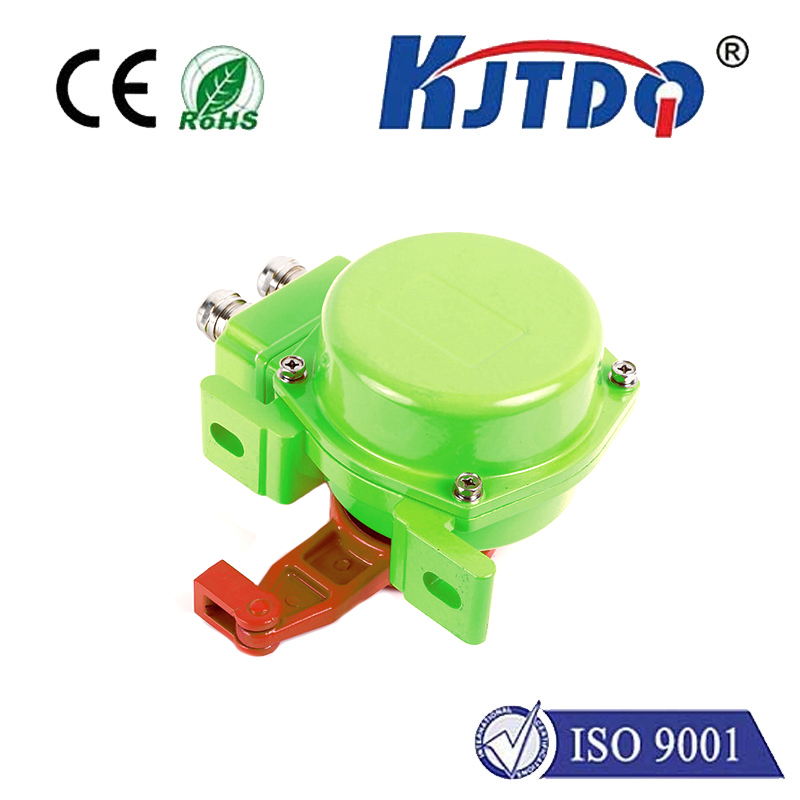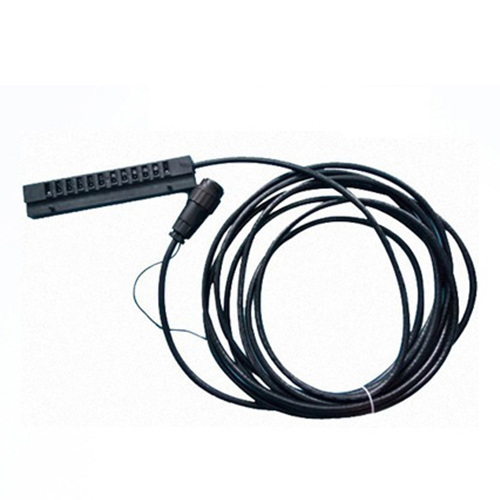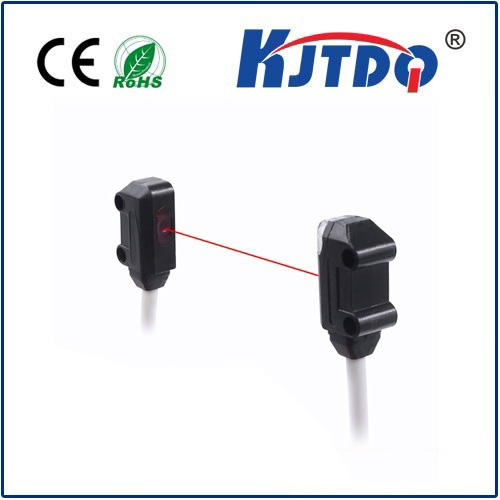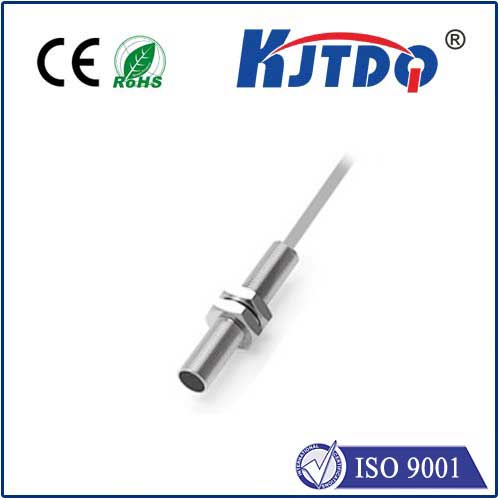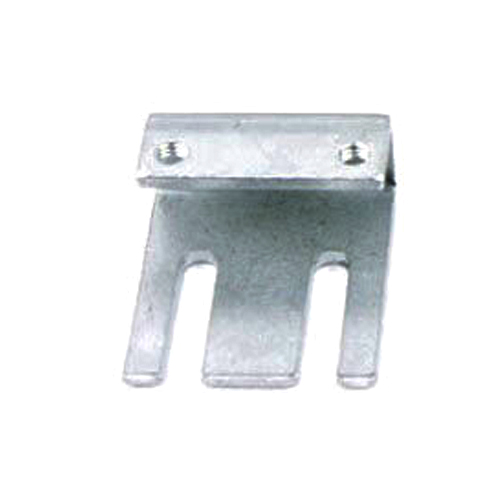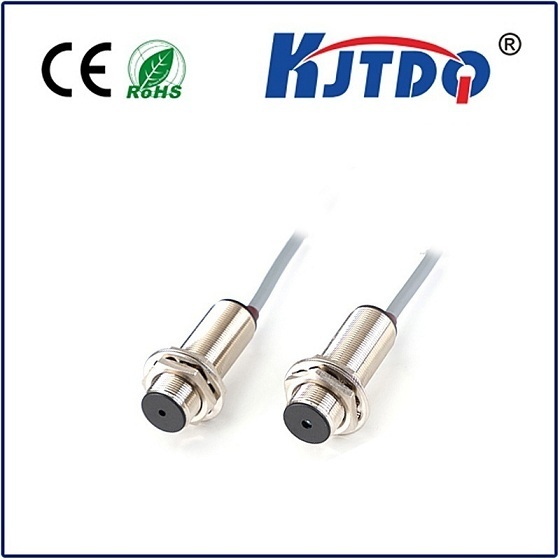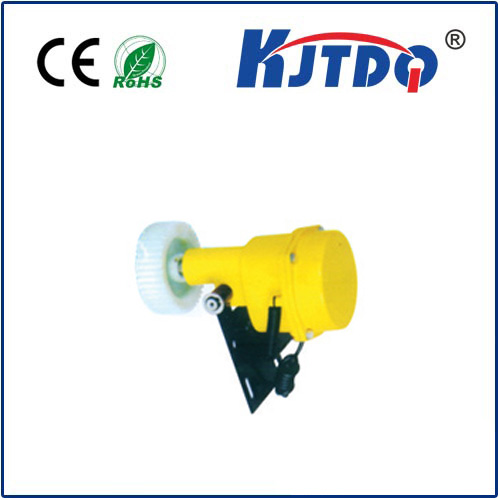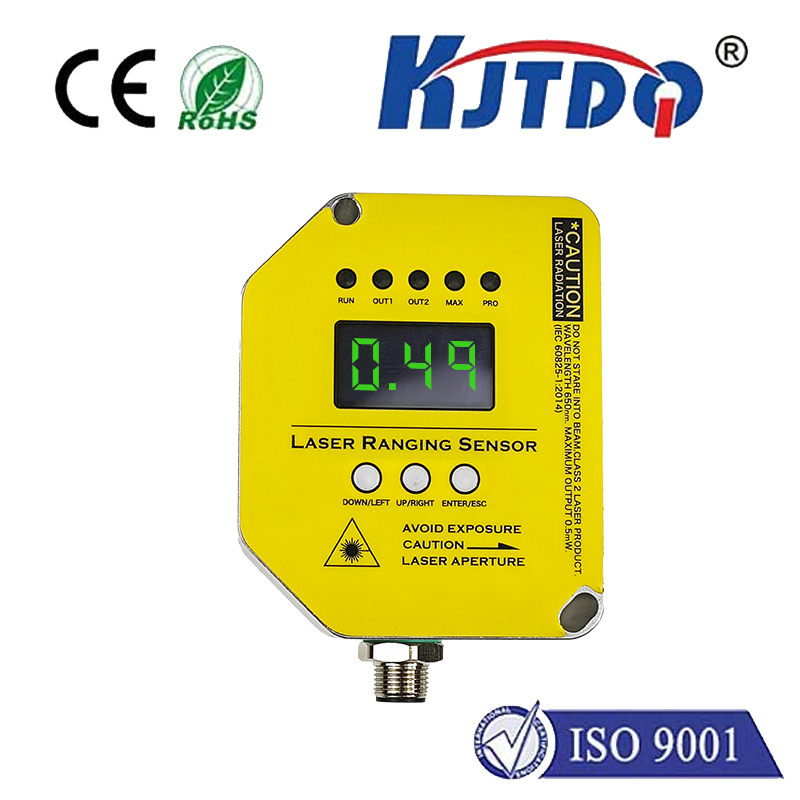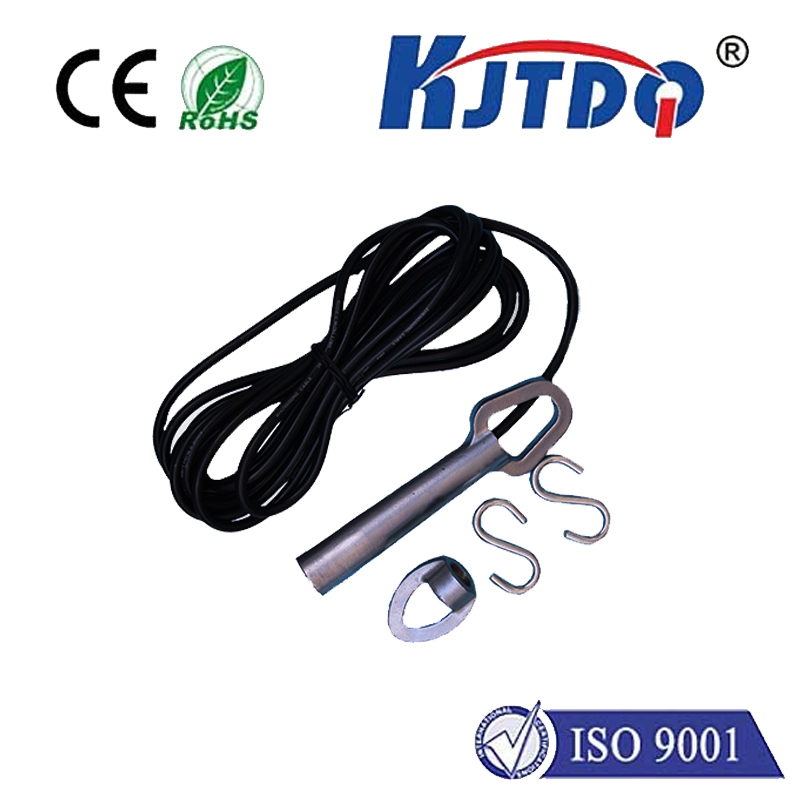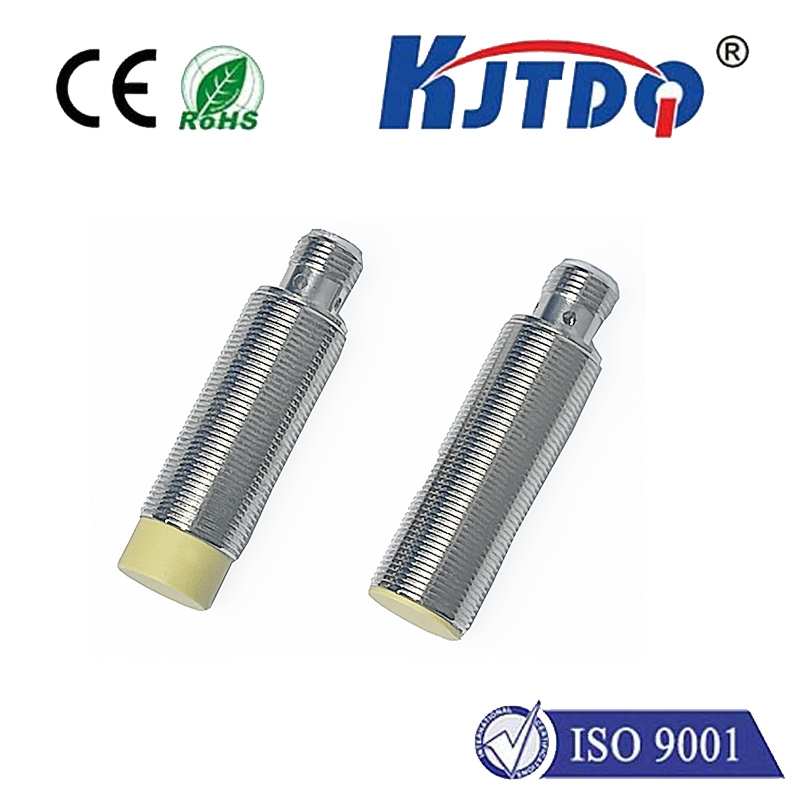

check

check

check

check
Imagine a bustling factory floor where heavy machinery operates under intense pressures, and a single unnoticed object could trigger catastrophic failure. That’s the reality for industries like oil and gas, manufacturing, and energy—where precision detection is the thin line between smooth operations and costly disasters. Enter the BES02ZH High Pressure Proximity Sensor, a game-changing innovation designed to thrive in the harshest environments. This sensor isn’t just another gadget; it’s a vital safeguard that redefines how we approach proximity detection in high-stakes settings, ensuring unparalleled accuracy without compromising on reliability.
At its core, the BES02ZH sensor represents a leap forward in technology for industrial automation. Unlike standard proximity sensors that falter under extreme conditions, this specialized device excels in pressures exceeding 500 bar or more, making it ideal for applications involving hydraulic systems, pneumatic controls, and heavy machinery. Its operating principle relies on electromagnetic induction, where a fluctuating field detects nearby metallic objects without physical contact. This non-invasive approach minimizes wear and tear, providing consistent readings even when vibrations or temperature fluctuations are rampant. For instance, in hydraulic cylinders, the BES02ZH can swiftly identify component misalignments or potential collisions, sending real-time alerts to prevent accidents. By integrating advanced algorithms, it filters out false triggers caused by environmental noise, ensuring that every detection is precise and trustworthy.

One of the standout features of the BES02ZH is its robust build quality, engineered to withstand the rigors of industrial life. Constructed from high-grade stainless steel and reinforced seals, it boasts an IP68 rating for dust and water resistance, allowing it to perform flawlessly in damp, gritty, or explosive atmospheres. This durability translates directly into reduced maintenance costs and extended service life—key factors for businesses aiming to optimize operational uptime. Moreover, its compact design ensures easy installation in confined spaces, with options for threaded or flange mounting that cater to diverse setups. When paired with modern control systems, such as PLCs or IoT networks, the sensor enables seamless data integration for predictive maintenance. Picture a scenario in the renewable energy sector: wind turbines use the BES02ZH to monitor gearbox proximity, detecting minute shifts that could indicate impending failure. This proactive approach slashes unplanned downtime by up to 30%, boosting overall productivity while cutting expenses.
The applications of this high pressure proximity sensor span a wide array of industries, proving its versatility. In automotive manufacturing, it safeguards robotic arms assembling engine components under high hydraulic stress, preventing collisions that could halt production lines. For oil refineries, the BES02ZH monitors valve positions and pipeline flows in corrosive environments, where traditional sensors might corrode or malfunction. Its role in aerospace is equally critical; for example, aircraft landing gear systems rely on it to detect obstructions during high-pressure retraction sequences, averting mid-air crises. Beyond safety, it enhances efficiency through adaptive control capabilities, allowing machines to adjust operations dynamically based on proximity feedback. Companies report measurable gains, such as a 25% improvement in throughput and reduced labor costs, as manual interventions become obsolete. This shift not only streamlines workflows but also fosters a culture of innovation, where data-driven insights drive smarter decisions.
Key benefits of adopting the BES02ZH extend beyond immediate operational gains, anchoring a strategy for long-term resilience. Its energy-efficient design minimizes power consumption, aligning with sustainability goals while lowering carbon footprints in energy-intensive sectors. Crucially, the sensor contributes to worker safety by eliminating the need for staff to enter hazardous zones for inspections—a growing concern in industries facing stricter regulations like OSHA or ISO standards. For instance, in mining operations, where high-pressure drill rigs pose constant risks, the BES02ZH provides remote monitoring that prevents injuries and equipment damage. This human-centric focus is why leading firms view it not just as a tool, but as an investment in their future. Additionally, with easy calibration and digital interfaces, it supports quick upgrades in existing setups, ensuring scalability as industries evolve toward Industry 4.0.
In essence, the BES02ZH high pressure proximity sensor is a powerhouse of modern engineering, sealing gaps in industrial safety and efficiency. Its innovative blend of resilience and intelligence empowers sectors to tackle complex challenges head-on, transforming potential vulnerabilities into opportunities for growth. As technology advances, this sensor will continue to set new benchmarks, making the high-pressure world a safer, smarter place to operate.
